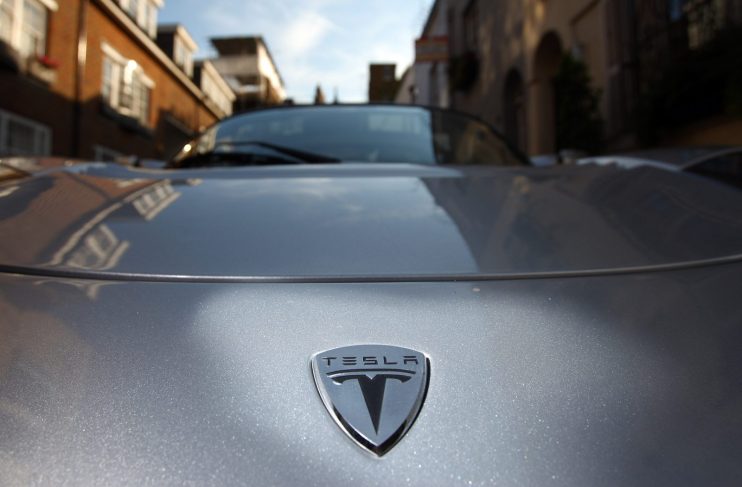Number of Tesla cars on UK roads triples in past year

The number of Tesla cars on UK roads has more than trebled in the last year, new data from accountants UHY Hacker Young has shown.
As of March, there were 90,900 models of the electric car in this country, up a whopping 336 per cent on the previous year.
The rise in ownership comes on the heels of the introduction of the California-based company’s first mid-market vehicle, the £40,000 Model 3, in June 2019.
In April the Model 3 was the UK’s best selling car, with sales remaining strong despite the mass closure of car showrooms due to lockdown.
Although Tesla’s overall market share remains low, UHY Hacker Young said that it should continue to grow this year.
Many ‘early adopter’ Tesla owners are now replacing their cars with newer models and older models are entering the used market, driving up the number on the road in the UK.
While the coronavirus pandemic has hit many auto firms hard, the Elon Musk-owned company has had a year to remember.
Before the Open newsletter: Start your day with the City View podcast and key market data
Last month it reported a fifth successive quarter of profit and recommitted to its target to deliver half a million vehicles by the end of this year.
Shares in the firm have exploded this year as it maintained its meteoric ascent despite the surrounding carnage.
Back in September Musk said that a £25,000 model was just three years away, a potentially game-changing development for the market.
According to Hacker Young’s research, the UK’s two hotspots for Tesla vehicles are Milton Keynes and Stirling in Scotland.
There are 193 Teslas per 100,000 people in the former, and 150 per 100,000 in the latter.
Partner David Kendrick said that Milton Keynes was “a great example of a town that makes electric vehicle ownership accessible.
“A lack of public charging points is one of the big barriers to adoption for many consumers. Milton Keynes shows what happens when a town prioritises provision of that vital infrastructure, it is a model that other local authorities may follow.”